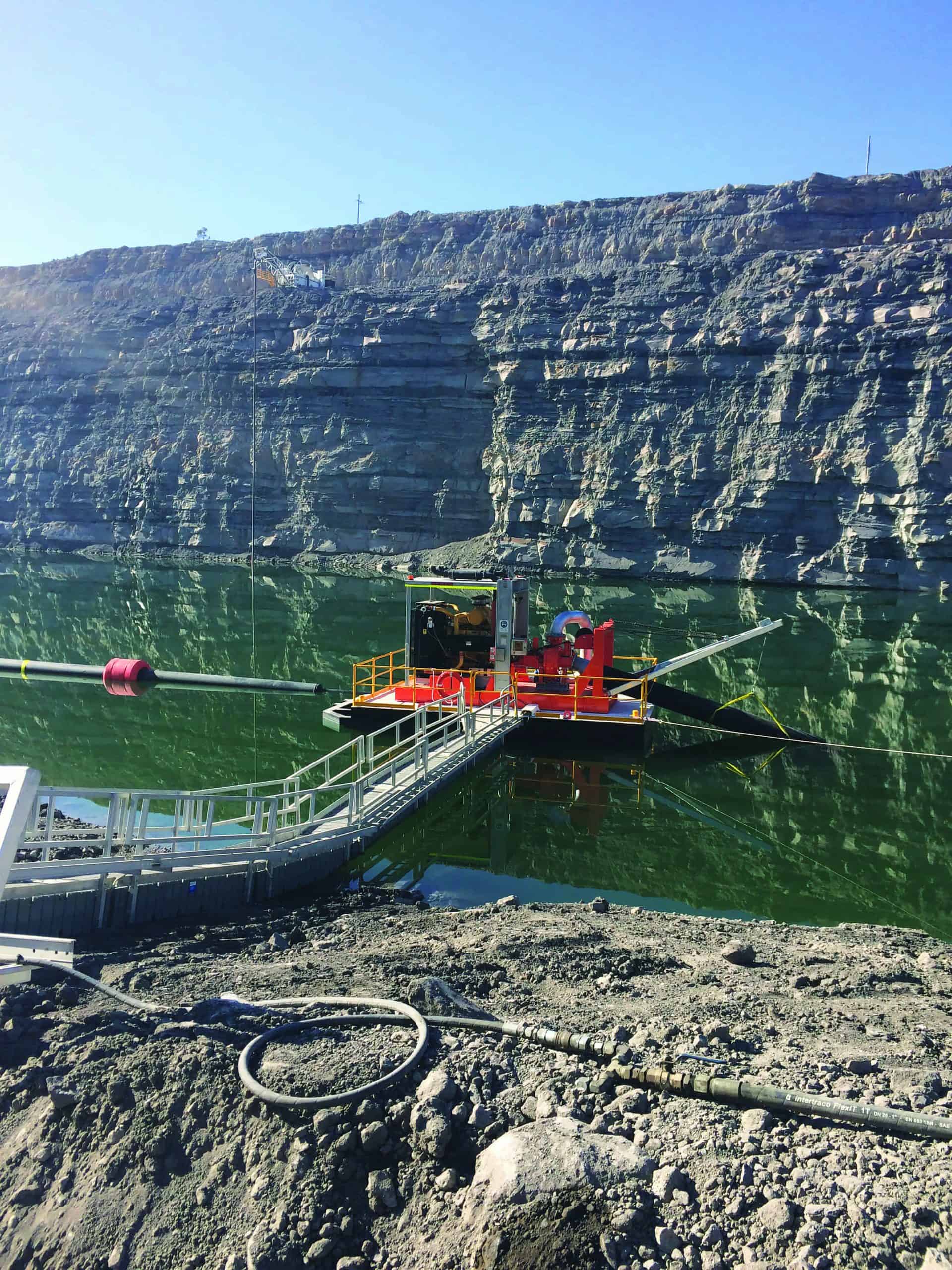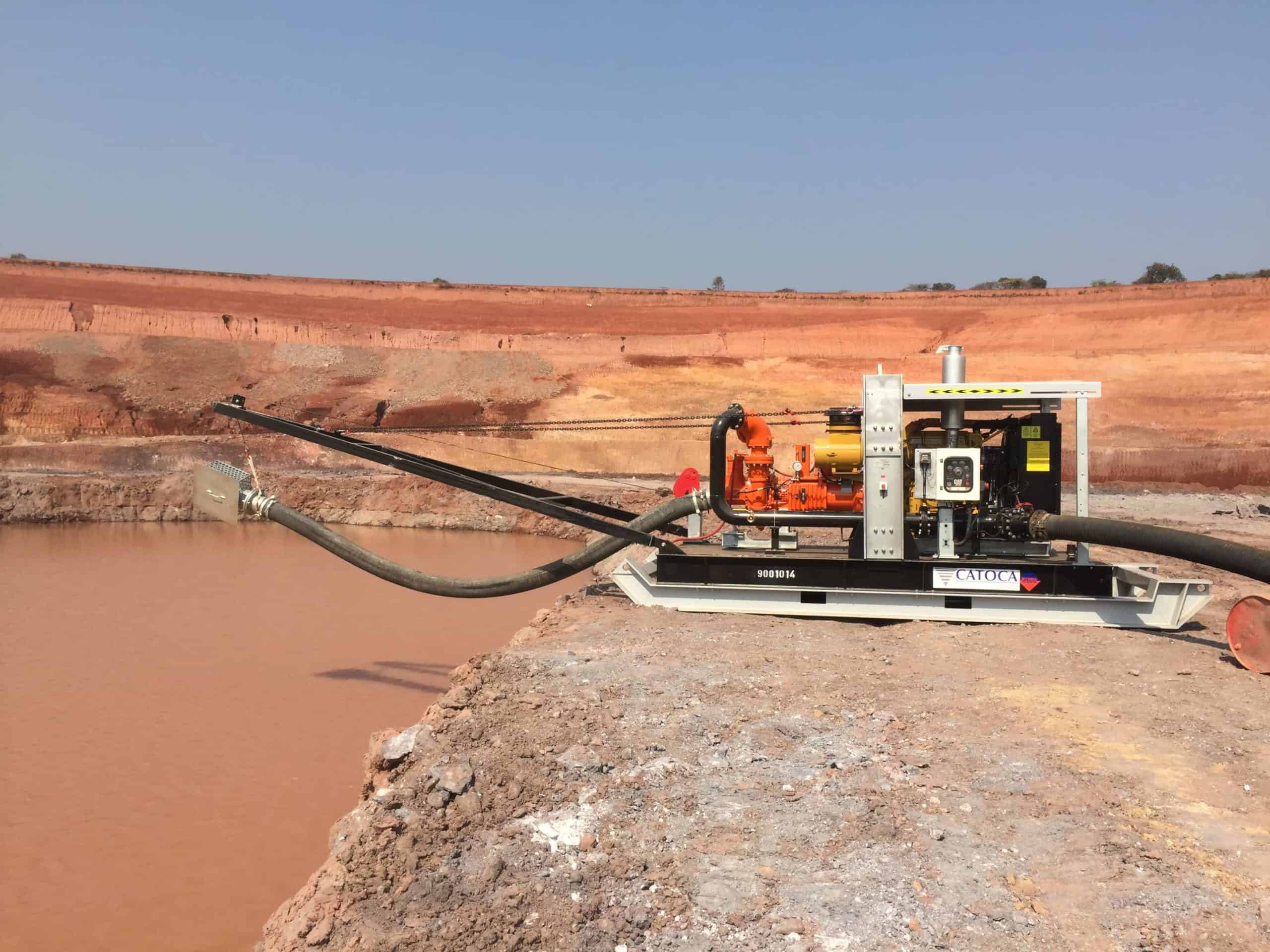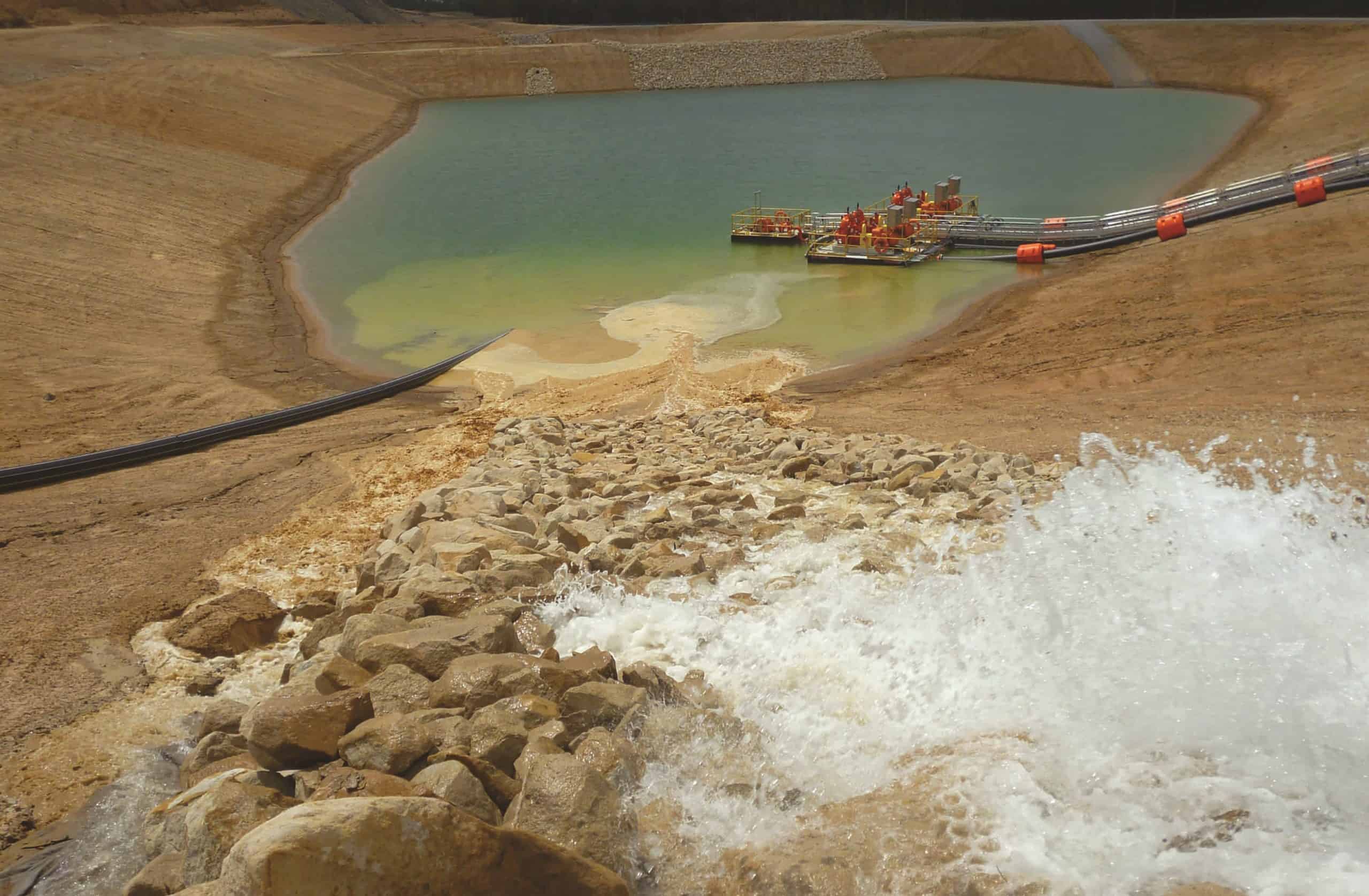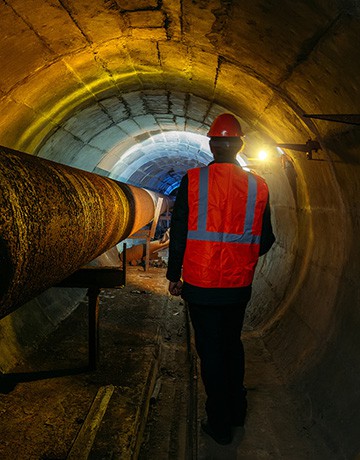Dewatering pumps play a pivotal role in the mining and construction industry. For mining companies, dewatering is an ongoing process – generally, the deeper you dig, the more water you need to remove. For those involved in construction, a dewatering pump is often brought in at the beginning of a project, well before any digging or excavation commences.
Without a dewatering pump on site to control water levels, a worksite can quickly grind to a halt. That means your productivity takes a dive while costs skyrocket.
The size and range of dewatering pumps is vast. You’ll need to ensure you choose the right size pump to handle the job. If the pump is too small, it won’t effectively remove the water or remove it fast enough. However, choosing a pump too big can also present issues as the pump may run out of water and run dry. The Pump Discharge head pressure required also needs to be considered to ensure the pump can deliver the water to the discharge point.
Let’s take a closer look at dewatering pumps and how to ensure you choose the right pump to avoid any flooding.
Types of Dewatering Pumps

While there are many variations of dewatering pumps, they can generally be broken down into three categories.
Submersible Pumps
These pumps are designed to be either fully or partially submerged in water and can move both liquids and small abrasives, like sand. Instead of pulling the water to the surface, a submersible pump will push the liquid via a discharge pipe to the surface. Using a pump that is submerged or at the same level as the water has several advantages including:
- They take up minimal space and can run off the on-site electrical supply
- Does not need priming as the pump is already submerged in water
- Submersible pumps are very energy efficient
- Noise is kept to a minimum as the pump is underwater
Centrifugal Pumps
Centrifugal dewatering pumps are designed to be positioned on the sump or dam wall using a long suction hose and strainer lowered into the water. For dewatering, these are generally self-priming so they do not require priming prior to use. Once the pump is primed, the water is pumped through the outlet pipe into a dam, pond, tank or other location.
Well-Point Piston Pumps
A well-point piston pump is a positive displacement pump and is self-priming. These pumps are predominantly used to lower the water table on construction sites so construction can take place without any groundwater flooding the site. They are capable of pumping a mixture of air and water without the need for a separate self-priming system.
What to know before choosing a Dewatering Pump

As we mentioned earlier, choosing the wrong size pump can cause a range of issues. Before selecting a dewatering pump consider the following.
Static Head Pressure
You will need to establish the static head (also known as the pressure head) to ensure the pump can produce enough pressure to create the required vertical flow of water.
Flow rate
It’s important to choose a pump that can produce the flow rate needed to remove the water. Aside from the pump, take care in selecting the length of the suction pipeline.
Temperature and Altitude
Fluid temperature and the altitude at which the pump needs to operate can dramatically affect the suction capability of the pump. Talk to your supplier about where you’ll be using the pump to ensure you make the right choice.
If you’re in mining or construction and need a dewatering pump, speak to Sykes Group. As an original equipment manufacturer (OEM) of Sykes pumps, we ensure all our products are built to the highest standard and can perform in the toughest conditions, both in Australia and overseas.












